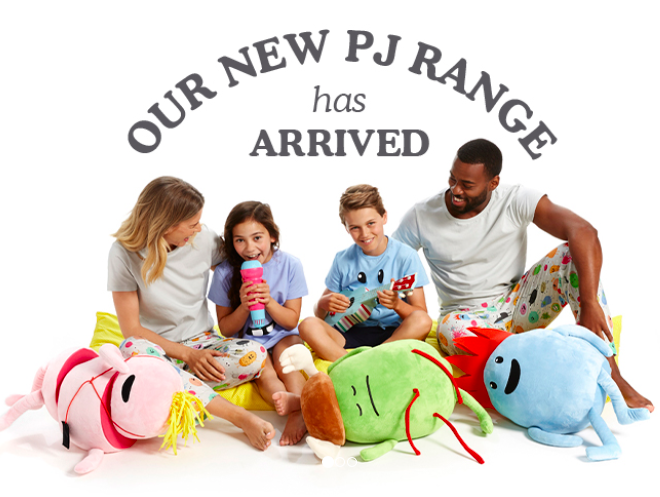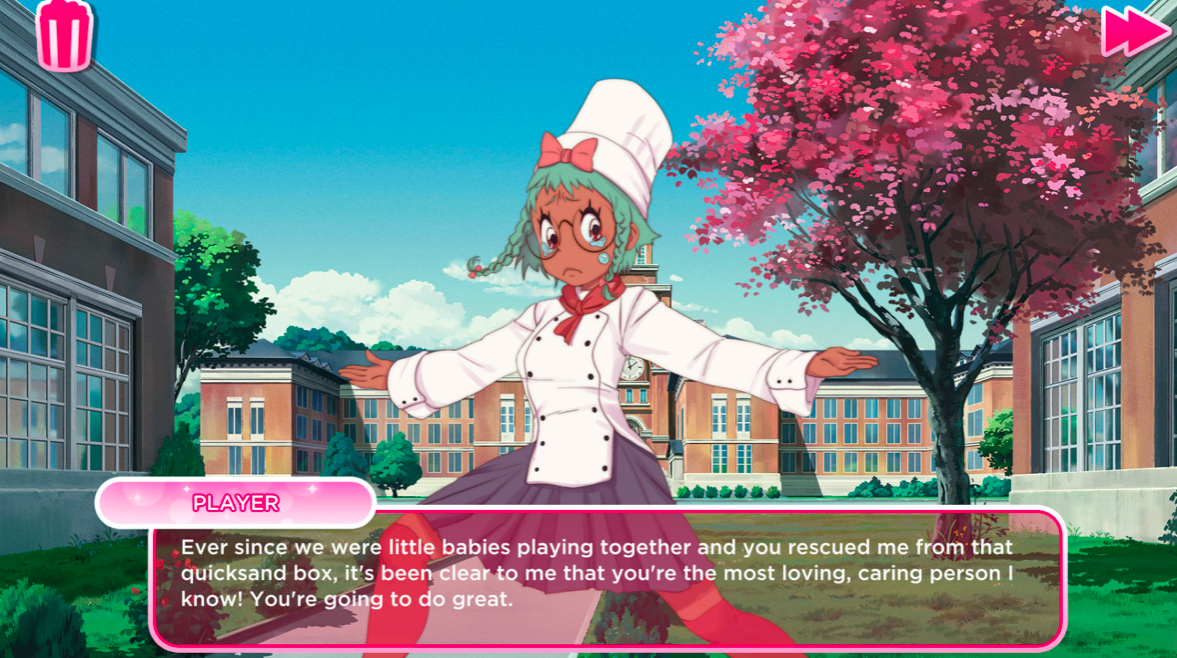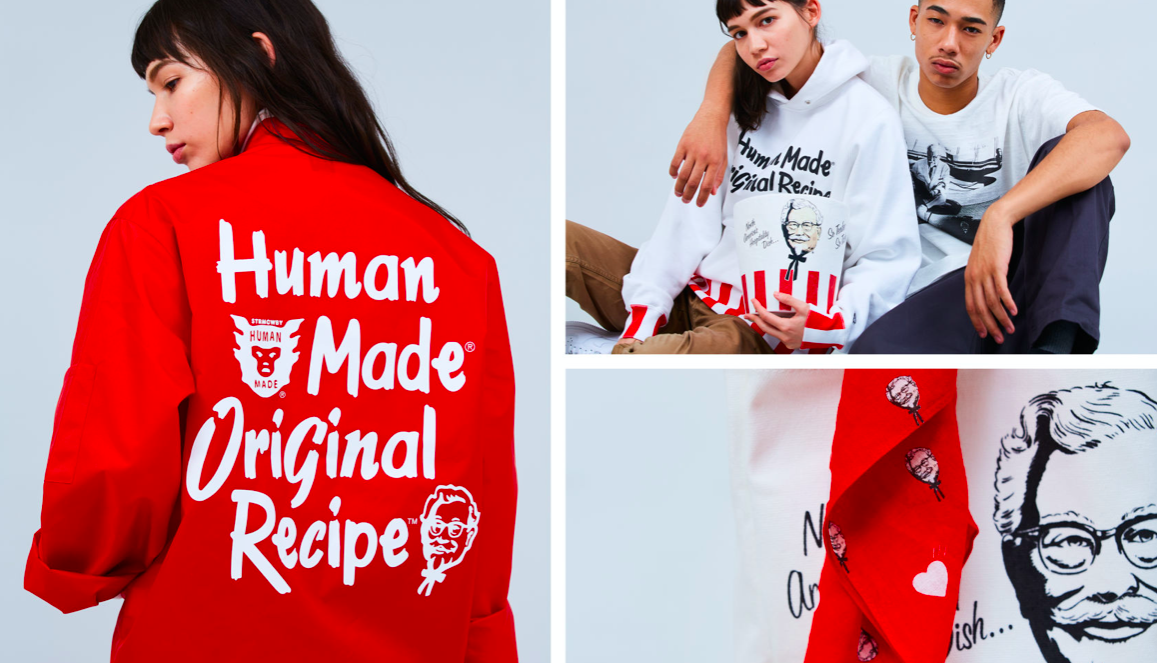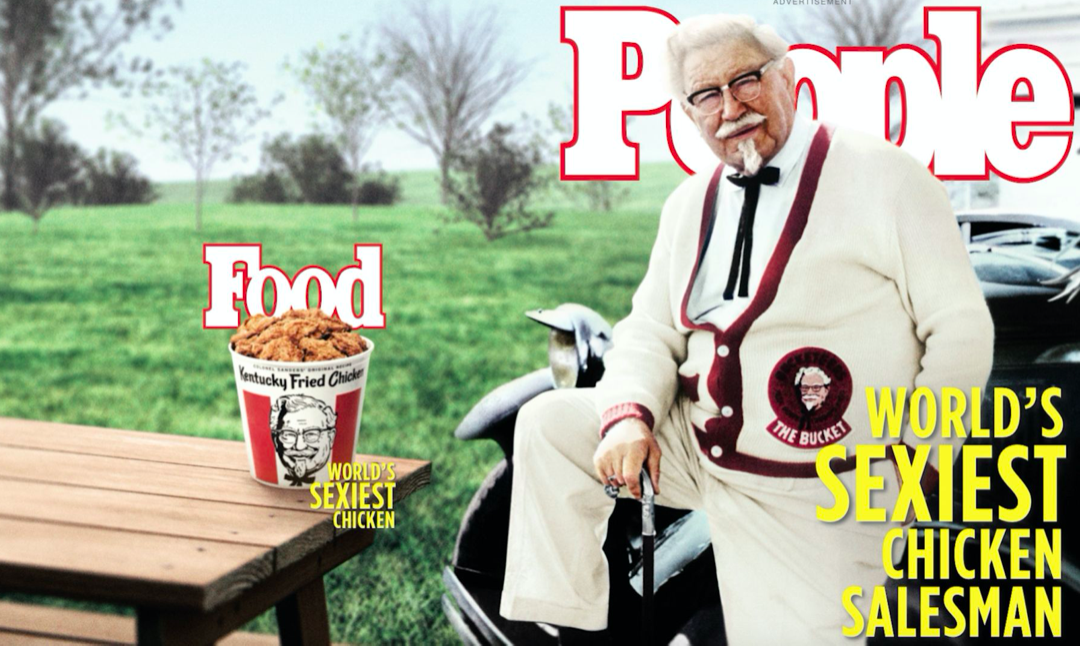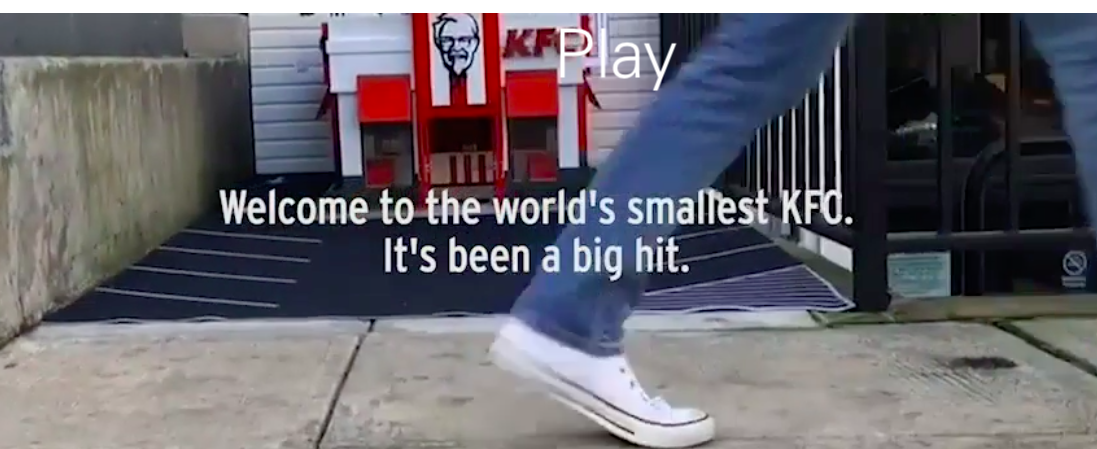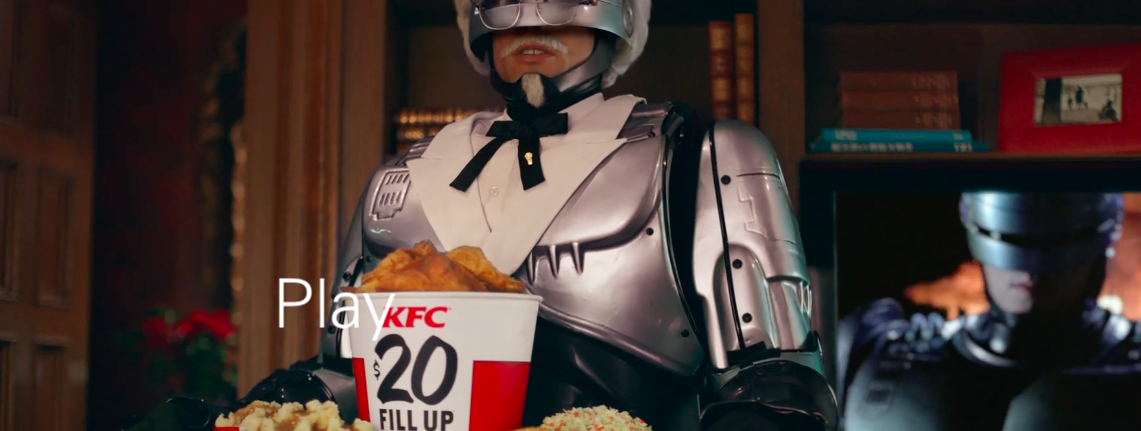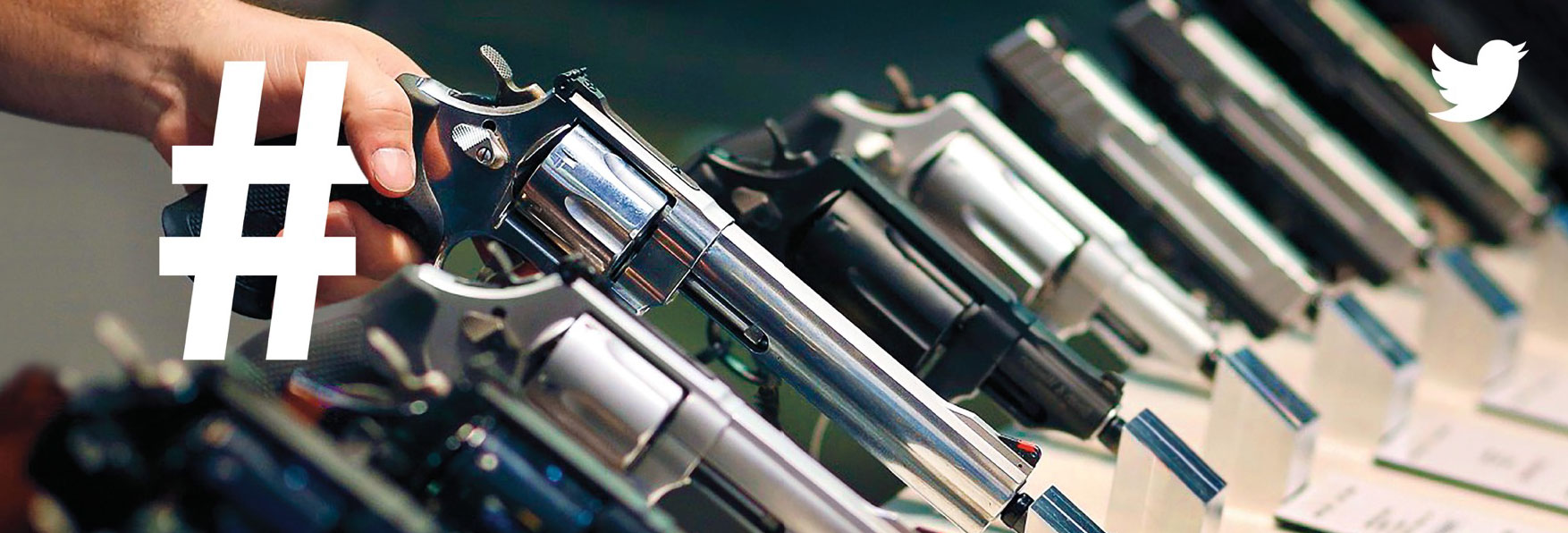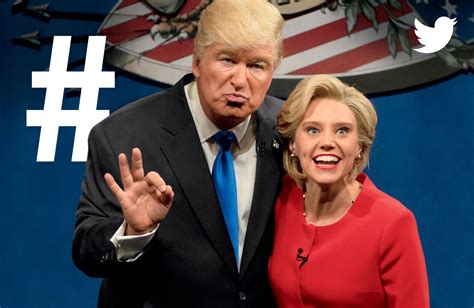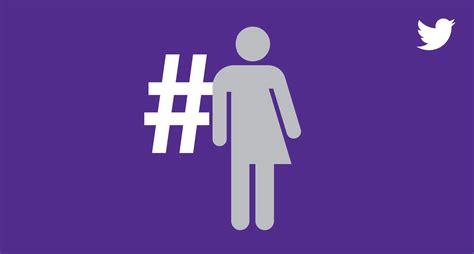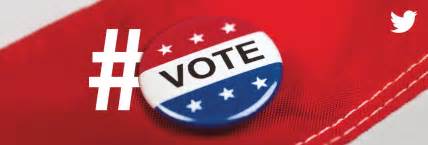Newish things that haven’t made advertising better, part 3: decks.
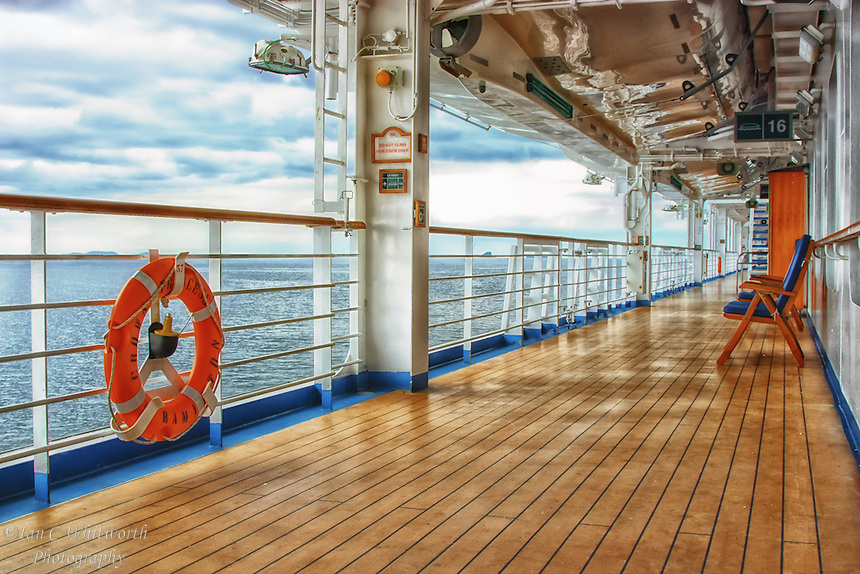
I can’t seem to move for decks.
Every time there’s a new stage in the creative process, a new deck is started. Sometimes (shudder) it’s a Google Doc; if I’m really lucky it’ll be in Keynote. But sure enough, if ten minutes have passed, somebody, somewhere is starting a decky old deck for me to contribute to.
Like everything I complain about in this series, I’m going to point out the fact that at some point, way back in the mists of time (usually the 1990s, but in this case I feel like deck proliferation didn’t really start until five years ago) there were no decks, and yet really, really good ads still managed to happen. How? Like the action of Russia, it is a riddle, wrapped in a mystery, inside an enigma.
I finally hit peak deck when I was asked to prepare one for sending to a potential director. I didn’t understand the task, so I tried to elicit further explanation without looking like a thickie. Apparently it’s now usual to get decked up when asking a director if they’ll lend their talents to your ad. It’s like the exact reverse of a treatment, in that you start off by telling them how much you love their work before presenting your vision of the ad to see if it might pique their interest.
Now, I’ve made quite a lot of TV ads in my time, and never have I felt the need to persuade a director to get involved via the medium of a deck. Like the treatment, I would expect all that to be covered in an initial meeting, where some back-and-forth would take place over what’s often referred to as a conversation. You can explain that you want to reference Boudu Sauve Des Eaux, and they can tell you they were thinking more Bad Boys Two, and you can meet somewhere in the middle. If you do that by deck the whole thing is implied to be far more set in stone, and not to be messed with, limiting the parameters the director might feel able to worth within.
Also, the only time it ever seemed appropriate to add extra persuasive material to your script was when you wanted turn-of-the-century Glazer, Budgen or Kleinman. You might then add a kind of arse-licky note to see if it might get you a little closer to the front of a very long queue. Sending ‘pretty please with a cherry on top’ decks to no-marks? Odd…
But that’s just one of the modern decks. The main ones are internal, where a lower team night be putting together a presentation for someone further up the chain. This is where we experience the real horror of deckitude: collaboration.
Because a deck is open to many people (the strategy people might do slides 8-12; the account team the opening and closing etc.) it is subject to ‘contributions’ from those people. So you get delightful ‘comments’ from people you’ve barely met (the comment is made, then a notification is emailed to you, then you address the comment with a further question, or you resolve it and move on to the next one) and everything is a lovely, friendly democracy, where no one’s opinion is more or less significant than anyone else’s. Some cheeky fuckers from other departments might even change your work without asking you, FFS.
And you might finish a deck, or think it’s finished, but then the person who’s been away for a few days finally comes back, has a read, and changes things based on zero awareness of the previous 342 comments and resolutions. And you don’t really want to spend a morning explaining why you can’t make the suggested changes, because then you won’t really look like a team player (COLLABORATION ÜBER ALLES!!!!!!) and it’s what used to be referred to as a ‘massive fucking waste of time’, time that could be better spent on weird, extraneous tasks like, I dunno… making the work better.
But then you have a deck. And you pore over every detail of that deck. But then the person you’re presenting to had an earlier meeting that ran over, so they’re going to skim it on their phone in the car to the airport, and you might as well not have bothered.
Then there’s the length.
My God, is there ever the length…
A deck isn’t really a deck until it’s over 25 slides, but I’ve seen some (I kid you not), that clocked in at the several hundred slide mark. Even at 30 seconds a slide (not a chance in hell), you’re talking four hours. And if you’re talking four hours you’re also talking boredom and toilet breaks and suicidal tendencies. People will often justify those extra slides by saying ‘We’ll whiz through these’, only to find that the person you’re presenting to would actually prefer to ‘whiz through’ your favourites and dwell deeply on those fascinating graphs about projected reach in Q4 of year three.
We’re supposed to be all about economy of expression, masters of communicating important shit in as few words as possible, but when it comes to decks there’s no upper limit. You need the kitchen sink, the belt and braces, and woe betide you if you leave out uncle Tom Cobleigh and all.
Does that make us look good at what we do? Don’t answer that. Instead I’d like you to respond via a Keynote deck for a half-hour meeting that will take a minimum of 45 minutes to go through.
So could we please declare a moratorium on decks? There’s already enough work to do without literally multiplying our output by three, and concentrating harder on aligning the images to the template borders in slides 10, 11 and 12 than working out what those images should be and how the hell they relate to the concept. If we all jump off the coming-up-with-ads process two hours earlier to kern the fuck out of the intro slides we’re not helping the client or ourselves. We’re just wasting precious time on the twin Gods of 2019 advertising: quantity and ‘collaboration’ (always in inverted commas for reasons that are grimly obvious to everyone reading this).
Any time we could return to quality and specialisation (and decks for pitches only) would be fine by me.
